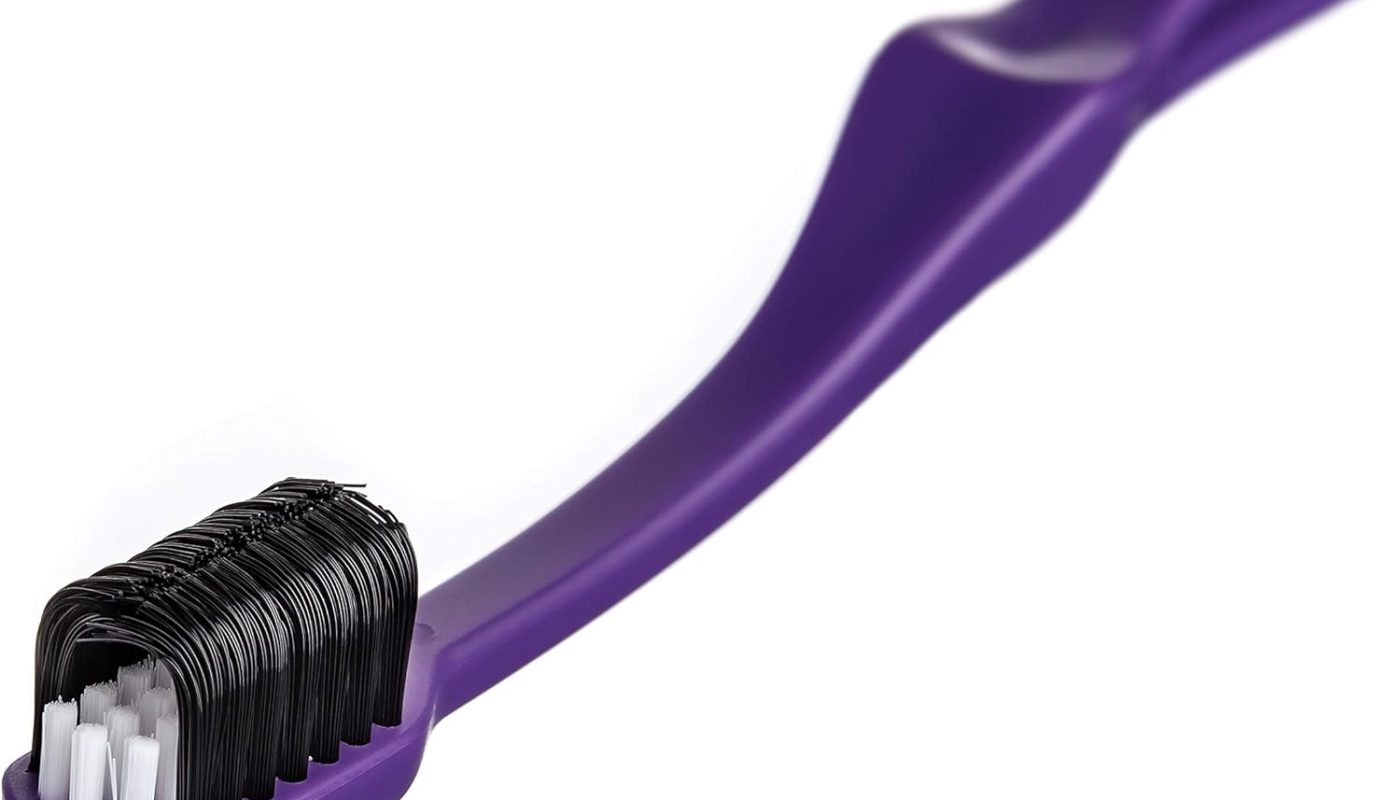Introduction:
In light of the COVID-19 pandemic, maintaining heightened oral hygiene and sanitizing your toothbrush is critical for preventing the spread of the virus. While the primary mode of COVID-19 transmission is through respiratory droplets, ensuring that your toothbrush is clean and germ-free can add an extra layer of protection. This guide explores various methods to sanitize your toothbrush, when to replace it, and best practices for oral hygiene during the pandemic.
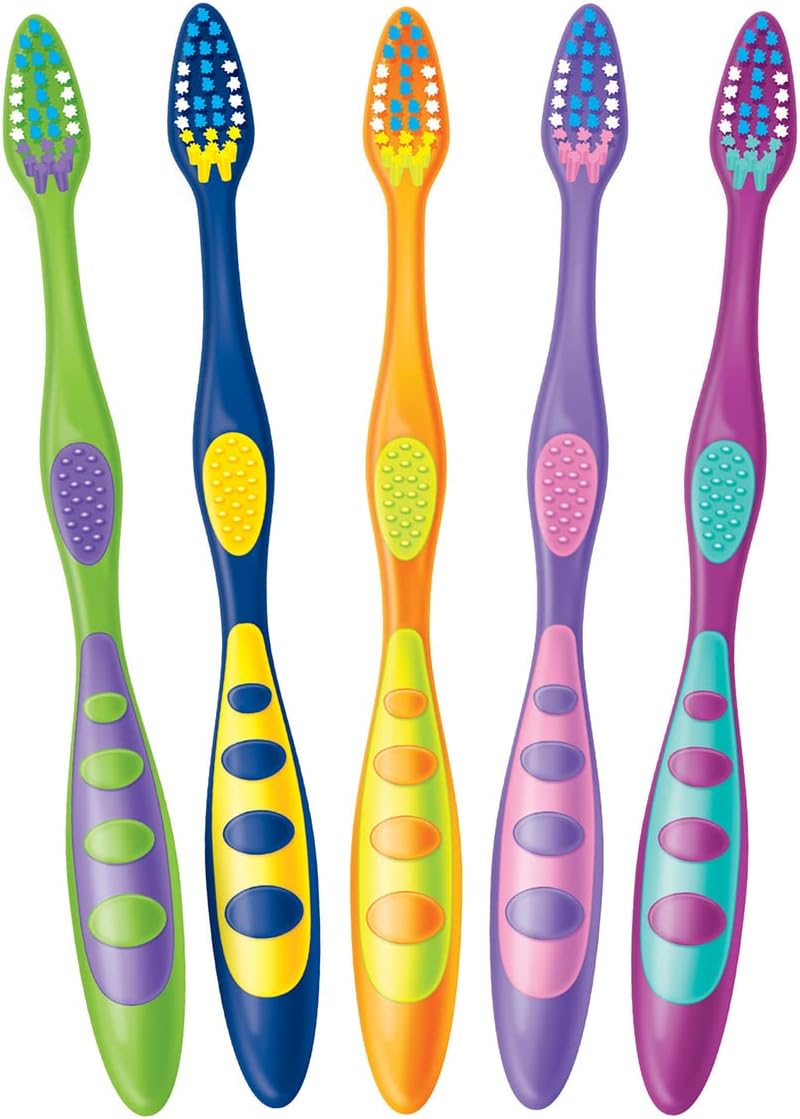
How to Sanitize Your Toothbrush During COVID-19:
What Are the Best Practices?
Understanding the Risks:
Why Is Toothbrush Sanitization Important During COVID-19?
Understanding the potential risks associated with an unclean toothbrush underscores the need for proper sanitization.
Transmission Mechanisms:
Virus Spread:
Droplets and Contact: COVID-19 primarily spreads through respiratory droplets. If these droplets come into contact with your toothbrush, the virus can linger on its surface, posing a risk of self-infection.
Indirect Contact: Shared bathroom spaces can also lead to indirect contact with the virus. Droplets can settle on surfaces, including your toothbrush, increasing the risk of transmission.
Hygiene Reinforcement:
Immune System Support:
Heightened Measures: Maintaining a sanitized toothbrush supports your overall health. Since COVID-19 can compromise the immune system, it’s crucial to minimize additional health risks, including dental infections.
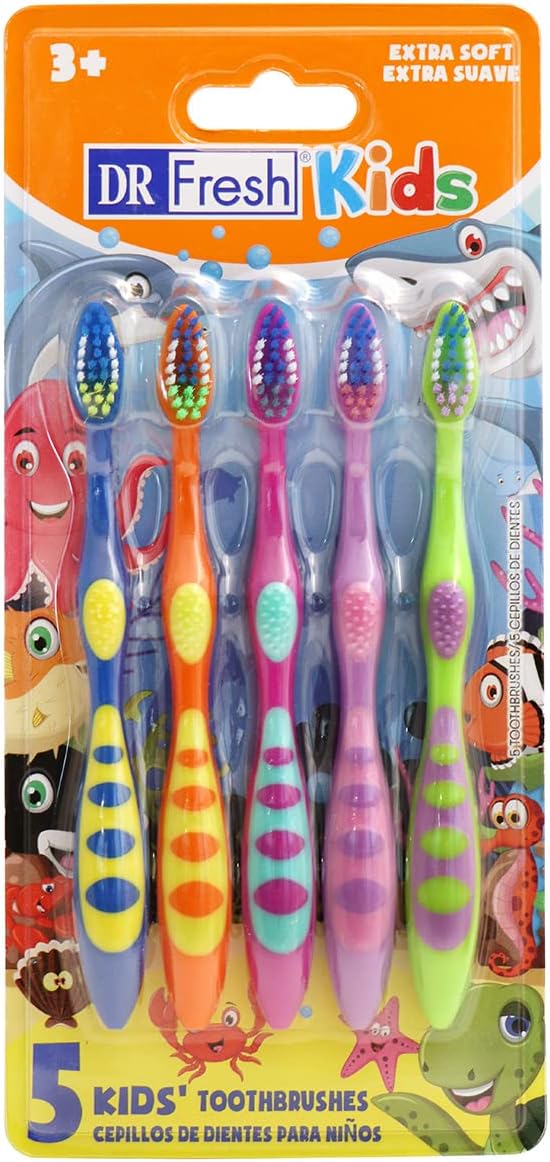
Sanitization Methods:
What Techniques Effectively Disinfect Your Toothbrush?
Several methods can effectively sanitize your toothbrush, reducing the risk of germ transmission.
Boiling Water:
Thermal Disinfection:
Boiling Process: Boiling water is a simple and effective method to sanitize your toothbrush. Boil a pot of water and immerse your toothbrush for 3-5 minutes. Ensure the toothbrush handle can withstand the heat without melting. After boiling, let it cool completely before use.
Microwave Method:
Steam Sterilization:
Microwave Sanitization: Place the toothbrush in a microwave-safe container filled with water. Microwave on high for 1-2 minutes to kill bacteria and viruses with steam. Allow the water to cool before removing the toothbrush. Note that not all toothbrushes are microwave-safe, so check the manufacturer’s guidelines first.
Hydrogen Peroxide:
Antimicrobial Soaking:
Peroxide Solution: Hydrogen peroxide is a powerful disinfectant. Soak your toothbrush in a 3% hydrogen peroxide solution for at least 15 minutes, then rinse thoroughly with water. This method is effective in reducing bacteria and viral load.
Mouthwash Soaking:
Alcohol-Based Sanitation:
Antibacterial Solution: Soak your toothbrush in an antibacterial mouthwash that contains alcohol for 15-20 minutes. This not only sanitizes the bristles but also eliminates oral bacteria. Rinse the brush thoroughly before using it again.
UV Sanitizers:
Ultraviolet Technology:
UV Light: UV sanitizers use ultraviolet light to kill microorganisms. These devices are specifically designed for toothbrushes and can effectively reduce bacterial and viral contamination. Follow the manufacturer’s instructions for optimal use.
Proper Hygiene Practices:
What Additional Steps Should You Take to Maintain Oral Hygiene?
Complementary hygiene practices ensure comprehensive protection against COVID-19.
Separate Storage:
Avoid Cross-Contamination:
Individual Holders: Store your toothbrush in an individual holder away from other toothbrushes. This prevents droplets from one toothbrush from contaminating another, reducing the risk of cross-infection.
Ventilated Storage:
Air Circulation:
Dry Thoroughly: Ensure your toothbrush is stored in a well-ventilated area where it can air dry completely between uses. Avoid keeping it in a closed container, as a moist environment promotes bacterial growth.
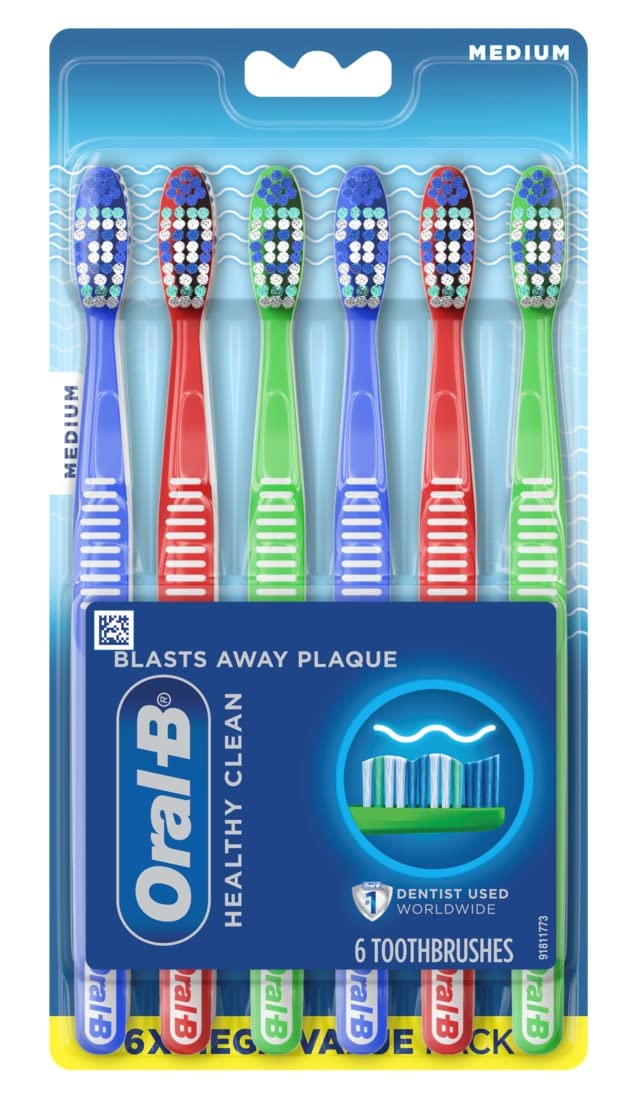
Replacing Toothbrushes:
New Brush Timing:
Post-Illness Replacement: Replace your toothbrush or toothbrush head after recovering from COVID-19 or any illness to prevent re-infection. This is a crucial step in maintaining oral and overall health.
Regular Replacement: Even without illness, replace your toothbrush every three months or when the bristles become frayed to maintain effective cleaning.
Hand Hygiene:
Before and After:
Thorough Washing: Wash your hands thoroughly with soap and water before and after brushing your teeth. This minimizes the risk of transferring germs from your hands to your toothbrush and mouth.
Sanitizing the Bathroom:
Clean Environment:
Surface Disinfection: Regularly disinfect high-touch surfaces in your bathroom, including faucet handles, countertops, and light switches. Use EPA-approved disinfectants that are effective against the coronavirus.
Awareness of Symptoms:
Recognizing Signs:
Monitor Health: Be vigilant about COVID-19 symptoms such as fever, cough, and loss of taste or smell. If you suspect you are infected, follow quarantine guidelines and take extra precautions with your oral hygiene tools.
Family Health: If a family member becomes ill, ensure they isolate and use separate bathroom facilities if possible. If not, disinfect the shared bathroom surfaces frequently and provide them with a separate set of hygiene tools.
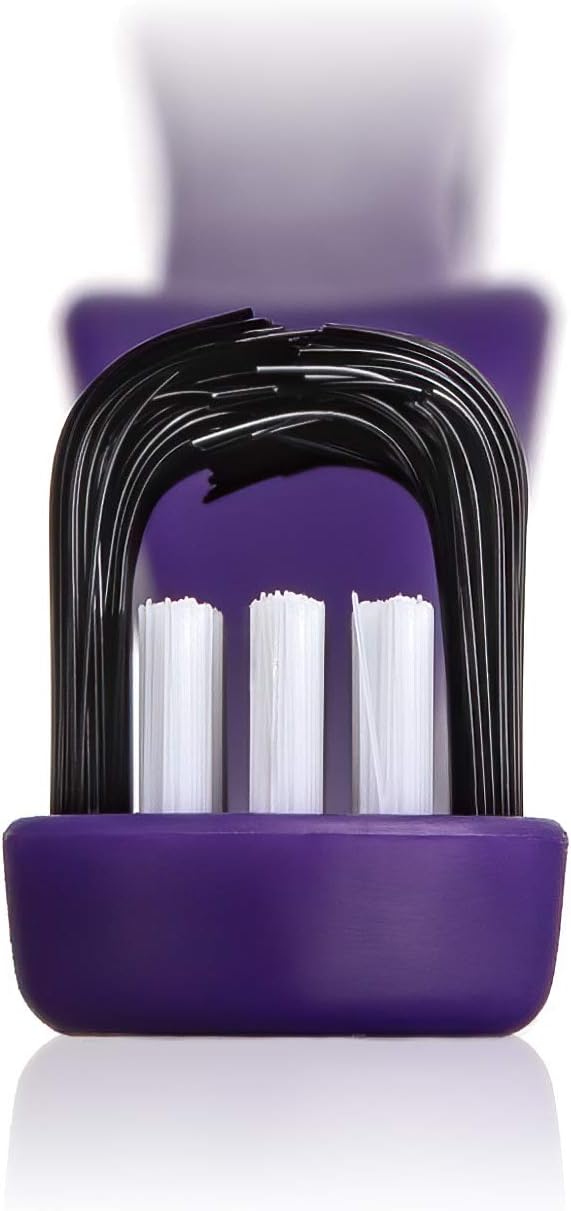
Toothbrush Care Tips:
How Can You Extend the Life and Effectiveness of Your Toothbrush?
Proper toothbrush care enhances its effectiveness and lifespan.
Rinse and Dry:
Daily Care:
Post-Brushing Rinse: After brushing, thoroughly rinse your toothbrush with hot water to remove toothpaste and debris. Shake off excess water and store it upright to air dry.
Avoid Sharing:
Personal Use:
Individual Brushes: Never share your toothbrush with others, even family members. Sharing increases the risk of cross-contamination and the spread of infections.
Travel Considerations:
Portable Solutions:
Travel Containers: Use ventilated travel containers to store your toothbrush while traveling. These containers should allow airflow to prevent moisture buildup. Sanitize your toothbrush after returning from travel.
Professional Advice:
What Do Dental Experts Recommend for Toothbrush Sanitization?
Experts provide valuable insights into maintaining toothbrush hygiene, especially during the pandemic.

ADA Guidelines:
Professional Recommendations:
Regular Replacement: The American Dental Association (ADA) emphasizes the importance of replacing toothbrushes regularly and practicing good hygiene to prevent the spread of infections.
Dental Advice: Consult your dentist for personalized advice on oral hygiene practices, especially if you have underlying health conditions or concerns about COVID-19.
Innovative Products:
Market Solutions:
Sanitizing Devices: Consider using dentist-recommended toothbrush sanitizers and other innovative products designed to keep your oral hygiene tools clean and free from germs.
Conclusion
Sanitizing your toothbrush during the COVID-19 pandemic is a vital step in maintaining good oral hygiene and preventing the spread of the virus. Employing methods such as boiling, using hydrogen peroxide, or utilizing UV sanitizers can effectively reduce bacterial and viral contamination. Coupling these techniques with proper storage, regular replacement, and comprehensive bathroom sanitization ensures optimal protection. By adhering to these best practices, you can safeguard your health and maintain a hygienic oral care routine during these challenging times.

